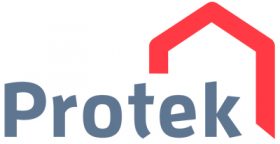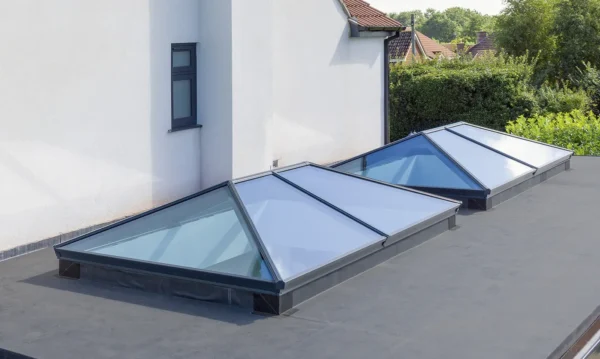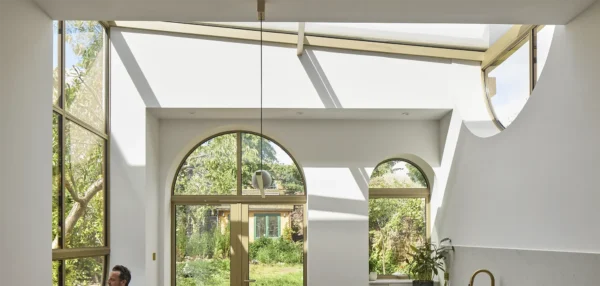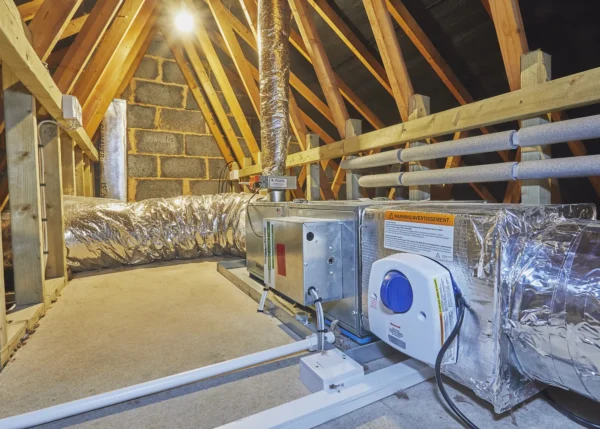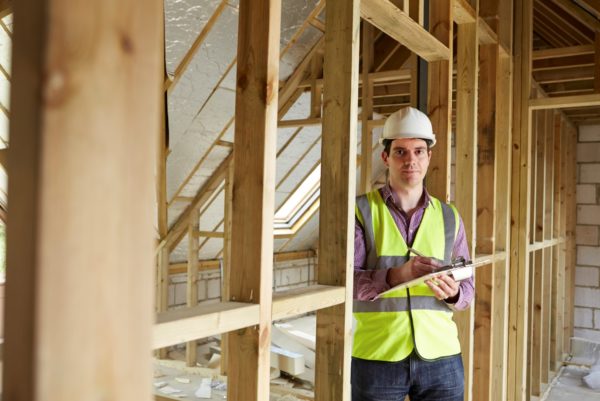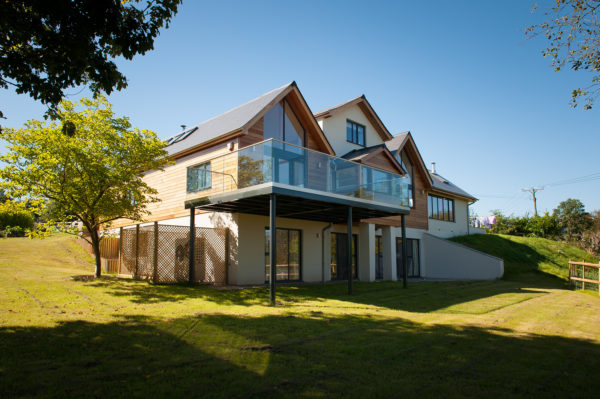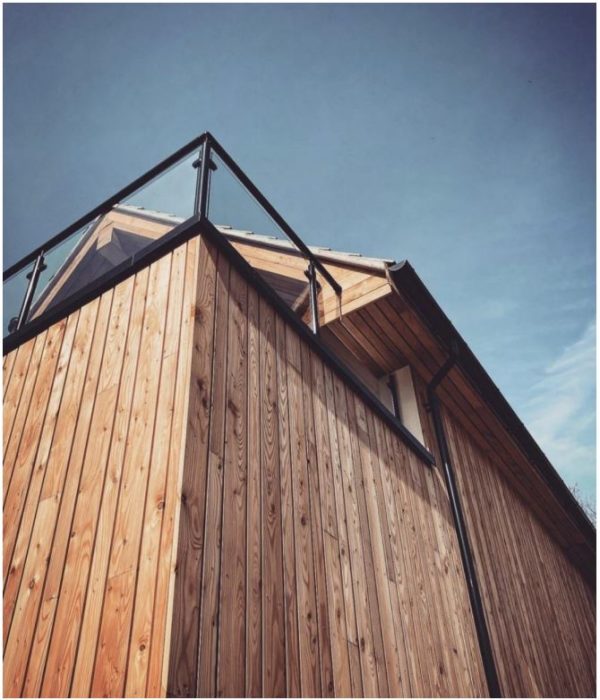Avoiding Common Self Build Insurance Claims
Site insurance is a crucial consideration for anyone planning a renovation, extension, conversion or self build. Every type of construction project is exposed to risks, some of which may not immediately be apparent.
Unfortunately issues can easily become reality, quickly turning into costly problems to rectify. This can lead to delays on site, putting pressure on your contingency fund and ultimately jeopardising your project. Taking precautions against the potential issues will help lower the risks and ensure a smooth build.
Here are the most common things people claim for on their self build insurance, and how you can avoid them during your own project:
Storm Damage
Gable ends, roof structures, scaffolding and exposed materials are all at risk of being damaged during bad weather. Wind can damage the property as well as causing heavy materials to fall onto other parts, such as structural floors. In some instances, this can damage internal load bearing walls, which may necessitate rebuilding of the structure back to wall plate level.
Measure to take
The weather is relatively forecastable, so take measures to avoid leaving works exposed or unsupported.
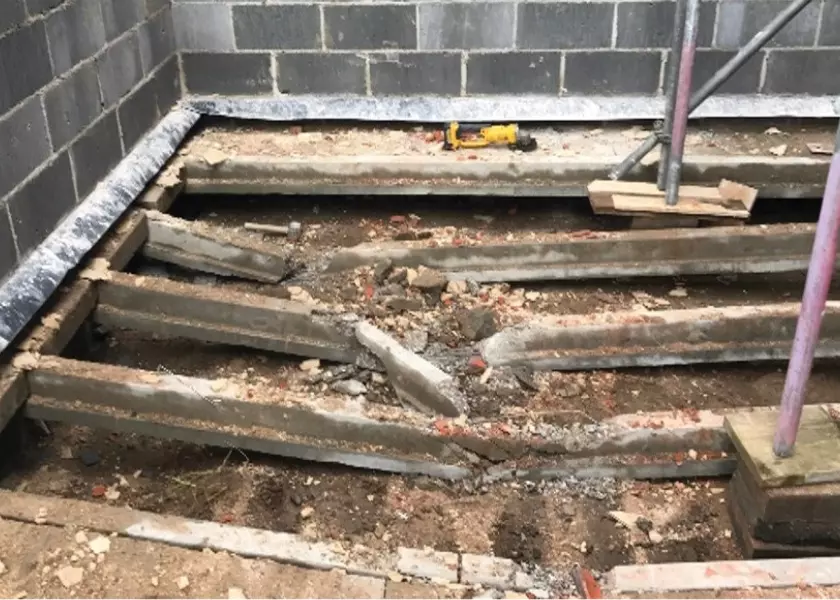
Wind is a classic but predictable root of problems; here, it has caused materials to collapse onto a beam and block floor structure causing serious damage
Theft
Break-ins to secure yet unfinished self builds are quite common. Thieves are attracted to boxed materials or tools seen through windows. They will damage windows and doors on the ground floor in an effort to gain access.
It often transpires that the boxes were empty, but the resulting damage and delay can be tedious, as replacement windows and doors often have long lead times. Rented tools and equipment are expensive and are likely your responsibility under the hire agreement terms. If they are damaged or stolen, they will still be on hire to you until replaced.
For instance, a relatively new five-tonne excavator is upwards of £50,000 to replace and they’re currently on a hire rate of about £700 a week. Your contingency fund probably won’t cover this, so arrange site insurance and take preventative steps to minimise this risk.
Measures to take
Be aware of what might tempt a criminal. Storing equipment and materials in plain sight, such as in front of a window, is asking for trouble. Steel containers are great for storage on site, but they’re like a shopping trolley to a criminal in possession of a flatbed truck equipped with a crane.
I was once involved with a claim where a roof had just been finished and the scaffold was still in place. Over the next weekend, a gang of criminals stripped the tiles from the roof and dropped the scaffold, taking both away!
It’s not possible to predict when a theft is going to occur, but being aware of what thieves could do and what they might be looking out for can help you be more vigilant.
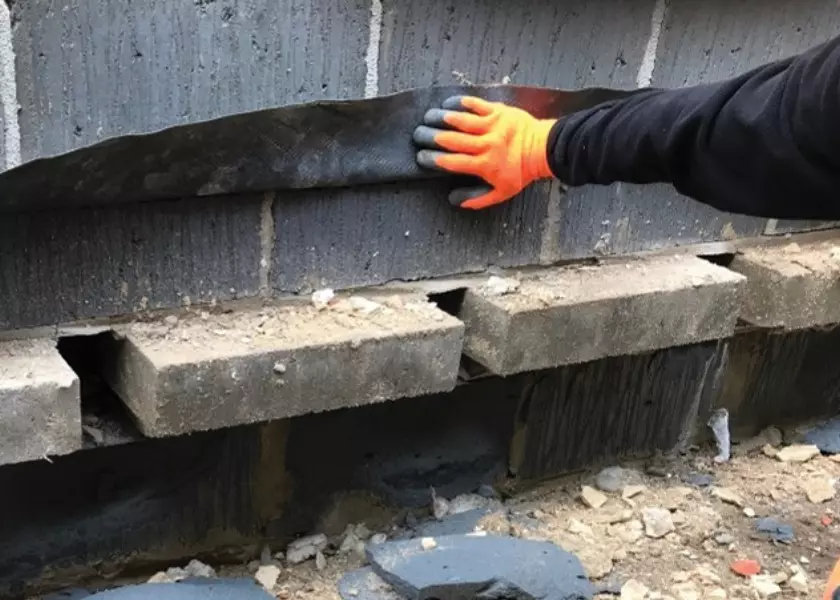
This beam and block floor was badly damaged as a result of falling masonry
Accidents
While thankfully not as common, these claims are the most costly, in terms of the physical and emotional impact on those involved as well as the financial impact on the self builder. In the case of an accident on site, you will be immediately faced with the expense of securing legal representation, possible prosecution and dealing with the ongoing care package or compensation award, which in serious injuries, can run into millions.
Building sites are dangerous places, and we’ve seen some horrendous injuries over the years, from broken bones, to loss of sight, limbs, mobility – and ultimately life.
Measures to take
If you are employing trades directly or exercising any element of control or coordination of the build, then ensure the works are sensibly planned, coordinated and carried out in accordance with Construction Design and Management (CDM) regulations. Doing this will ensure you can assess and identify risks on site, as well as provide you with the right information to manage them effectively from start to finish.
Once these risks have been identified and you know how to prevent them, communicate this information to those who need to know, namely the workers on site. It’s also important to coordinate your work with others (including your neighbours). This will mean the right people are on site for the right job at the right time, minimising the risk of an accident.
Even when the necessary precautions are taken, it’s impossible to fully eradicate the risk of weather damage, accidents and theft. For that reason, site insurance is one of the most important components of a project, as it will mitigate the financial impact in the event of an injury, loss or damage occurring.
| Simon Middleton is managing director at Protek. He has been underwriting site insurance and structural warranties for over 26 years. Call 0333 456 8030 or visit Proteks’s website. |

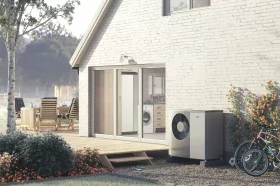
















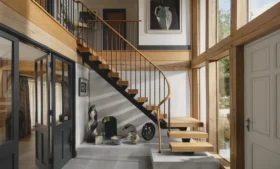













































































 Login/register to save Article for later
Login/register to save Article for later
